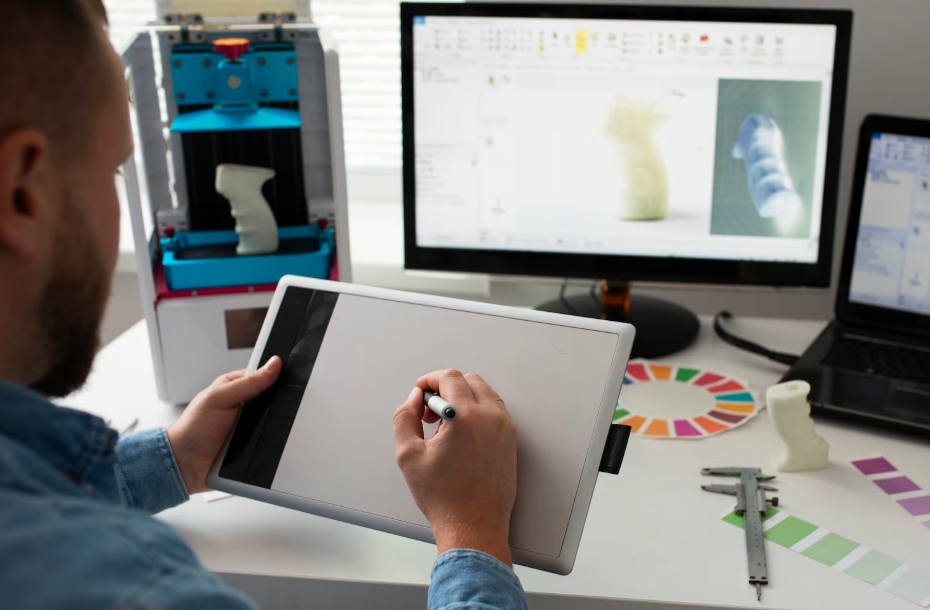Restoring cultural artifacts and historic buildings has always required extraordinary skill, patience, and dedication. Yet, traditional techniques often leave room for subjectivity, especially when dealing with structures or artifacts that are damaged beyond recognition. Today, 3D scanning for restoration is changing the landscape, offering unprecedented accuracy and precision.
This technology works by capturing millions of data points to create digital replicas of artifacts, monuments, or entire structures. Unlike photographs, 3D scans provide dimensional depth, enabling experts to build historical building 3D models that are faithful to the original down to the smallest detail. Whether scanning a centuries-old statue or a monumental temple wall, every crack, texture, and curve is documented digitally.
The greatest strength of 3D scanning lies in its ability to preserve heritage that may be too fragile for physical restoration. Instead of risking additional damage, conservators can analyze digital models to determine the safest restoration techniques. In some cases, artisans even use FreeCAD for restoring ancient monuments, merging scan data with parametric modeling to simulate repairs before physically applying them.
In addition, 3D scanning enhances educational opportunities. Museums and cultural centers can integrate scans into digital preservation for museum exhibits, allowing visitors to view virtual or augmented reconstructions. This not only protects the physical artifacts from overexposure but also engages modern audiences in immersive cultural storytelling.
Another remarkable use case involves 3D printable models of cultural artifacts FreeCAD. Once an object has been scanned, replicas can be created for study, teaching, or even tactile exhibits for visually impaired visitors. For example, ancient coins, fragments of sculptures, or architectural ornaments can be reproduced and shared globally without putting the original at risk.
Finally, 3D scanning for restoration plays a vital role in disaster recovery. Natural disasters, armed conflicts, or accidents may destroy cultural heritage, but if high-quality scans exist, they provide the foundation for future restoration or reconstruction. Combined with 3D modeling for heritage buildings, this technology ensures that no part of our shared history is completely lost.
In essence, 3D scanning is not just a technological advancement — it is a cultural safeguard. By bringing precision to restoration, it allows us to bridge craftsmanship with technology, ensuring that humanity’s stories are preserved for centuries to come.

